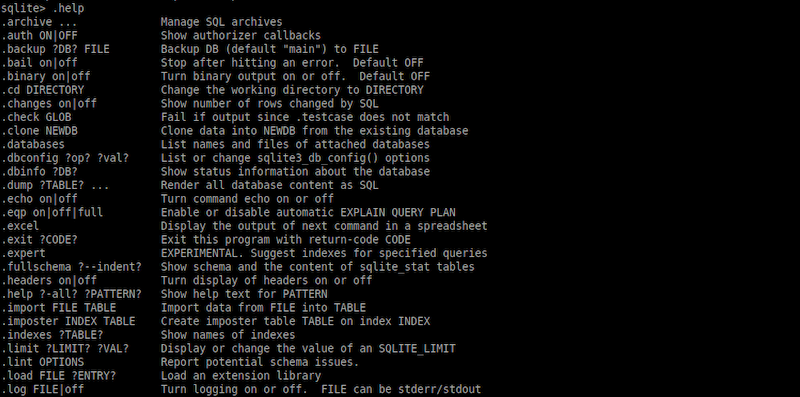
In this tutorial, we will show you how to install SQLite on CentOS 8. For those of you who didn’t know, SQLite is a lightweight command-line database application. It is one of the most efficient database engines in the world. In part, thanks to that made in C Language which makes it very efficient in managing the resources of the system.
This article assumes you have at least basic knowledge of Linux, know how to use the shell, and most importantly, you host your site on your own VPS. The installation is quite simple and assumes you are running in the root account, if not you may need to add ‘sudo‘ to the commands to get root privileges. I will show you the step-by-step installation of the SQLite on CentOS 8.
Prerequisites
- A server running one of the following operating systems: CentOS 8.
- It’s recommended that you use a fresh OS install to prevent any potential issues.
- A
non-root sudo useror access to theroot user. We recommend acting as anon-root sudo user, however, as you can harm your system if you’re not careful when acting as the root.
Install SQLite on CentOS 8
Step 1. First, let’s start by ensuring your system is up-to-date and install all required dependencies.
sudo dnf install epel-release sudo dnf update
Step 2. Installing SQLite on CentOS 8.
Run the following command to install SQLite on the CentOS system:
sudo dnf install sqlite
Once that’s complete, check the version, as of this writing, we installed 3.34.0:
$sqlite3 --version SQLite version 3.34.0 2020-12-09 00:56:22
Step 3. Using SQLite on the CentOS system.
To enter the SQLite command console, simply type the SQLite command. There you create a temporary database to start the work:
sqlite3
The next step I recommend is to show the SQLite help to know which commands we can apply:
.help

Congratulations! You have successfully installed SQLite. Thanks for using this tutorial for installing SQLite on your CentOS 8 system. For additional help or useful information, we recommend you check the official SQLite website.